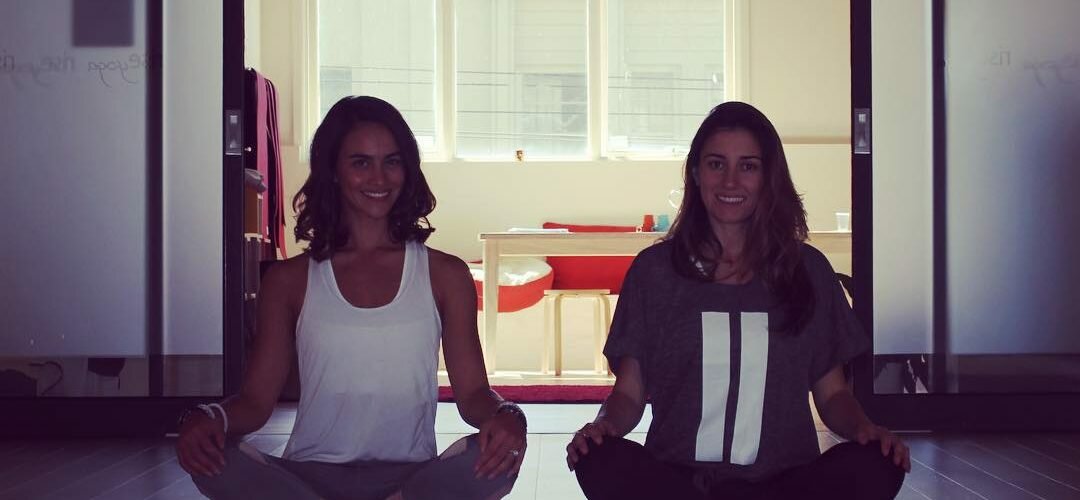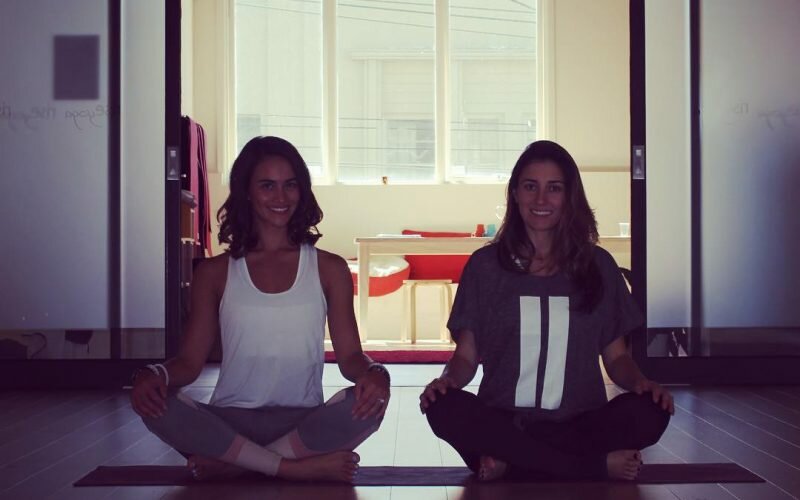When we think of mindfulness, and the process of becoming self-aware of our emotions, thoughts, feelings, and senses, most of us envision a method of passive meditation. Although this may be true when practiced by its founding Buddhists, the reality is, we do not need to be physically still and shut away from the world to find our inner calmness. In today’s fast-paced society where finding a spare hour is nigh on impossible, this is most certainly a good thing! Mindfulness can also mean maintaining an introspective state of consciousness whilst engaging in everyday activities.
Still a bit confused? Here, Health and Fitness Travel, the wellness travel specialists share some key tips on how to practice and apply active mindfulness.
Tip 1: Silence is Golden
In the age of communications, the power of silence is wholly underestimated, underused and often even feared. Dedicating time for solitude, even if it’s just five minutes on the train with your eyes shut and earplugs in, can be immensely beneficial to your mental health. It encourages self-reflection and nourishes and heals the mind. Research has also shown silence to relieve stress and amplify sensitivity to sensations, sounds, emotions, and thoughts; an essential principle of mindfulness.
Tip 2: Challenge Core Beliefs
Often our barriers to success, whether personal or business-related, are due to a (sometimes unconscious) stubbornness to challenge our beliefs. Using a ‘thought diary’ identifies destructive thoughts by allowing you to be mindful and aware of how you would feel if these were in-fact not your beliefs. This technique is especially helpful in challenging how we perceive ourselves, others and the world around us.
Tip 3: Mind(ful) What You Eat
No, this does not mean starving yourself! Take a delicious fresh orange. Eat it slowly and deliberately, paying attention to the sweet citrus taste. Notice how the segment bursts with flavour and spreads over your taste buds, and how your jaw moves as it masticates. Mindful eating not only helps us enjoy what we are consuming optimally, but also recognizes our emotional and non-hunger related triggers which inevitably cause us to overeat and feel guilty.
Tip 4: Mindfulness Meditation
To take time away from the world and reflect in peace is truly the pinnacle of mindfulness exercises. The magic of this deep relaxation lies in how it encourages awareness of our present. Try to maintain a narrow focus to start with i.e. the air as it moves into and out of your lungs, then begin to acknowledge thoughts, feelings, senses, form, and emotions. If your mind wanders return to a focus on your breath.
Tip 5: Be Accepting
Working on acceptance helps with patience and trust that life will unfold as it’s meant to. It also supports an innate tolerance of life’s rollercoaster, allowing us to remain at peace despite the emotional turbulence. Practice by naming emotions: ‘anger’, ‘elation’, ‘sadness’, feeling them and letting them pass without judgment. Understanding that our emotions are fleeting, helps limit the anxiety and worry that tends to pull us out of our present.
Tip 6: Listen to be Heard
We have all been in that situation where, no matter what you say, you are just not being understood. Next time you feel this way, take a step back, don’t just focus on the words being said. Pay attention to the tone, examine facial expressions and body language, and no matter what, remain present in the conversation. Mindful listening exists on the premise that listening is the key to real communication.
Tip 7: Be Mindful when Exercising
Combining the tranquillity of mindfulness with the increased cognitive and physical activity of exercise seems counterproductive, yet they are inextricably linked by the associations of health and wellbeing. Pay attention to the positioning and feel of your body and its individual muscles, notice the environment, your posture and breath with each movement and physical advances will follow suit. Being mindful during exercise will aid proprioception and help you find your form.
Article by Samantha Lippiatt
Samantha is an entrepreneur, healthy lifestyle advocate and co-founder of Australia’s first specialty wellness travel company, Health and Fitness Travel. Samantha has an unbridled enthusiasm for all things travel, health and fitness and is committed to providing healthy holidays options that not only enhance but change lives.
Health and Fitness Travel is a global luxury wellness travel company that originated in the UK in 2010 and is committed to providing healthy holidays that enhance and change lives. Created by Paul Joseph, Adam Heathcote and co-founded in Australia by local Director Samantha Lippiatt as a result of their combined passion for health and fitness travel and offering bespoke holidays to improve people’s well-being to lead happier and healthier lives.
FB: /HFTravelAU
T: @HFTravelAU
I: @healthandfitnesstravelau
G+: Google+
P: Pinterest






